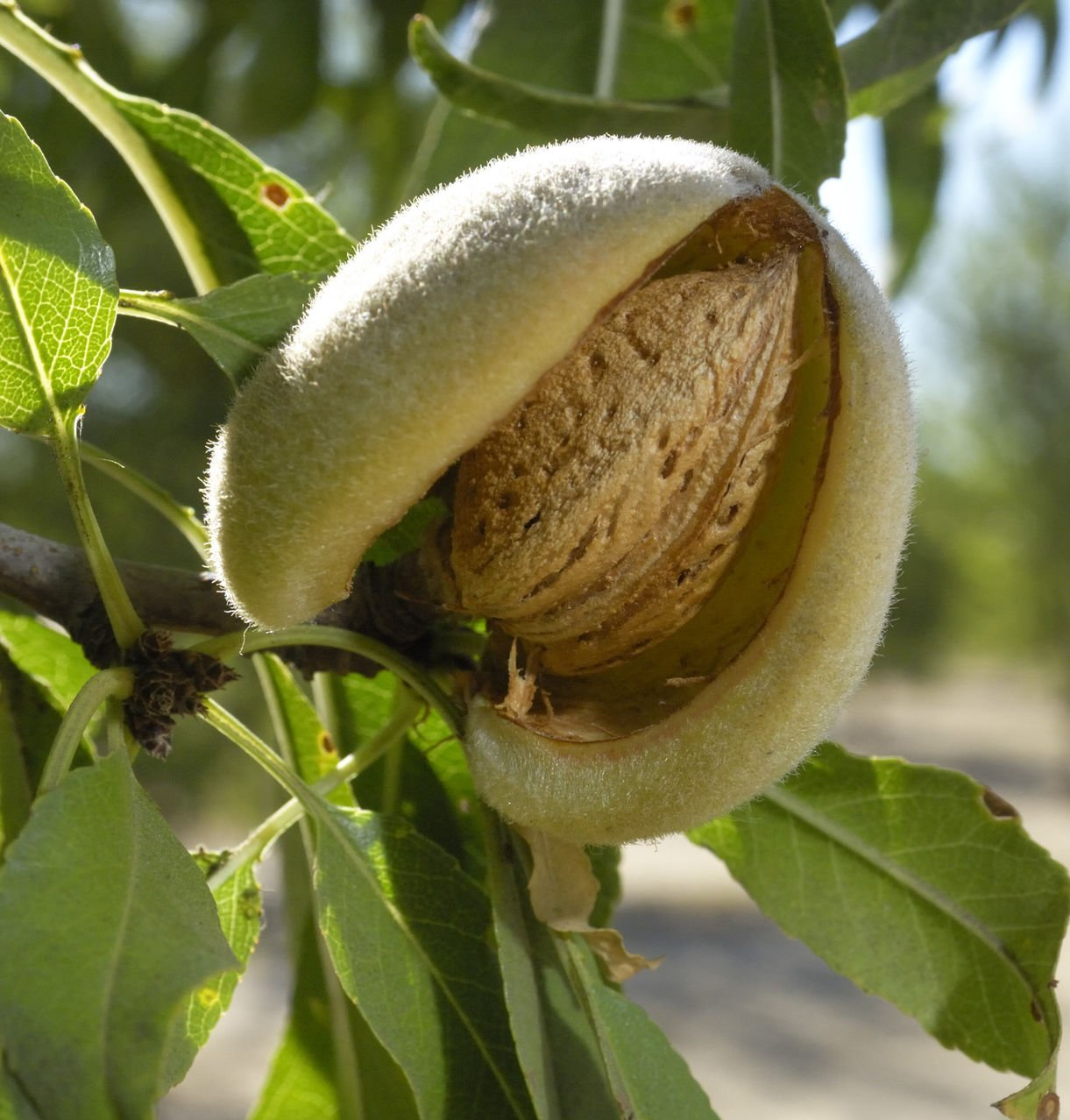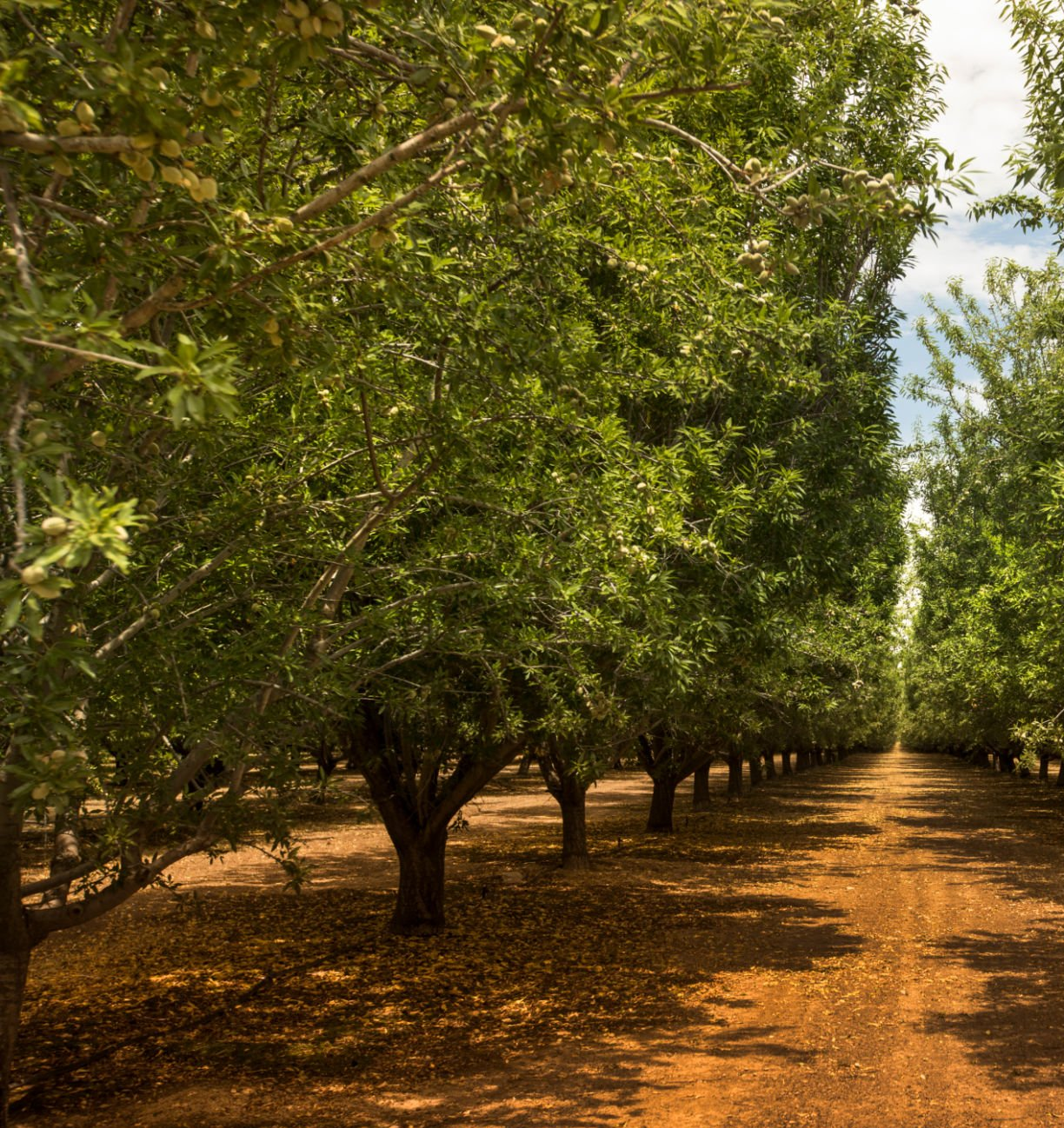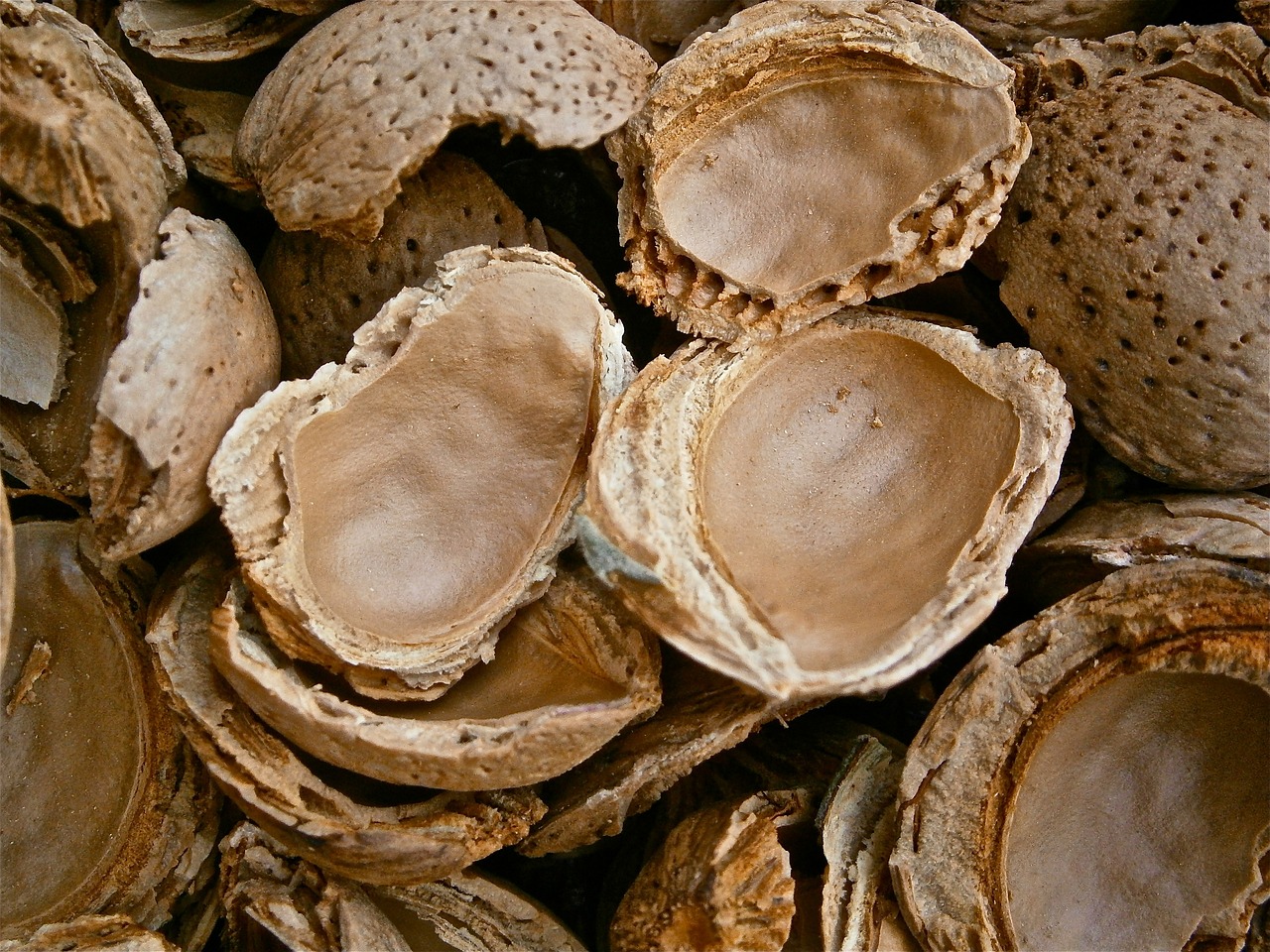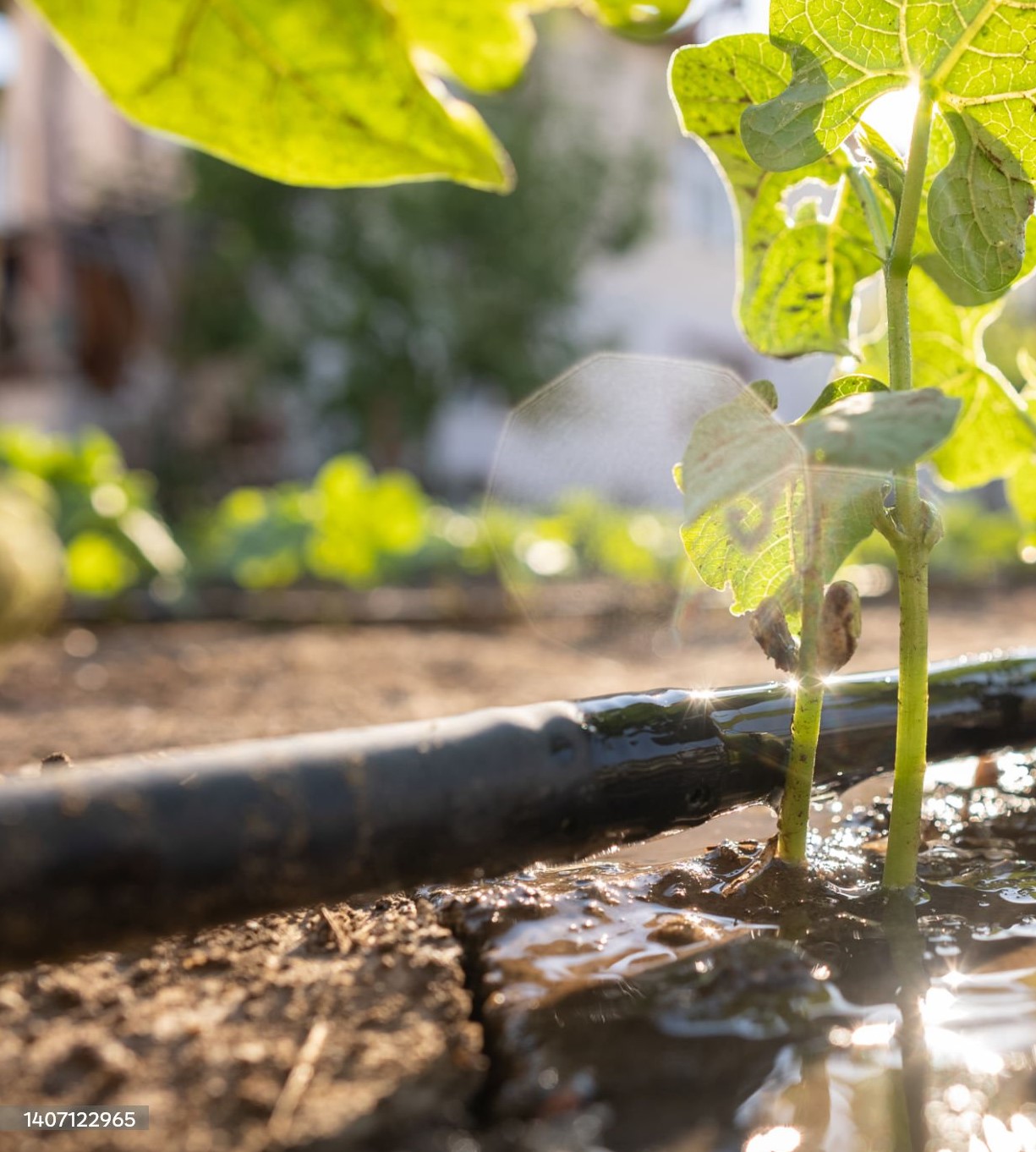WATER CONSUMPTION: ARE ALMONDS REALLY THE BAD GUYS?
In the last ten years there has been a growing demand for healthier products and plant-based options within the food industry. The daily consumption of almonds helps to reduce the risk factors of cardiovascular diseases and metabolic syndromes. Almonds are a good source of fiber, with a high content in omega 3 fatty acids and plant protein, rich in calcium, iron, magnesium, manganese, and vitamin E. In addition, the lactose intolerant population keeps on growing and for these, almond drinks are one of the best alternatives to cow milk in terms of macro and micronutrients. Therefore, the use of almonds within the food industry has not only become more popular day by day, but also represents a promising ingredient within the plant-based industry.

The actual global market size of the almond market is USD 9.59 billion and it is experiencing a revenue growth due to the rising popularity of plant-based dairy products, expecting to reach a market size of approximately US$ 15.2484 billion by 2033, with a growing CAGR of 6,3% from 2023 to 2033.
United States is the main producer of almonds worldwide, according to the Food and Agriculture Organization (FAO), followed by Spain, Iran, and Australia. The mediterranean climate from these countries favors the required growth, harvest, and processing to produce 1,5 million metric tons globally (2022-2023).
The life cycle of the almonds consists of 7 different stages, almond trees first go through a period of dormancy from November to January, dropping their leaves and relaxing in California’s mild, damp winters. For the approaching growing season, orchard soils store rainwater, while the trees store nutrients and energy for the crop the next year. In the middle of February through the middle of March is the bloom period where the buds of almond trees erupt into stunning white and light-pink blossoms. Beekeepers move hives into the orchards at this time to aid in pollinating the fruit. The growing goes from March to June. Almond kernels develop to their full size and are shielded from the environment by a thick outer hull as the shell hardens around them. Farmers start irrigating their orchards to support the expanding crop after the spring rains end and the weather warms up, taking great care to ensure that every drop of water is used sensibly and effectively. In July the cracking open takes place, the almond shell is exposed when the almond hulls break open, allowing both the almond shell and the kernel inside to dry.

The life cycle of the almonds consists of 7 different stages, almond trees first go through a period of dormancy from November to January, dropping their leaves and relaxing in California’s mild, damp winters.
From August to October is harvest time. Mechanical „shakers“ shake the crop violently to the ground as they harvest it. The almonds are first allowed to dry naturally in the warm California sun for 7–10 days while being shielded by their outer hulls and shells, and then they are swept into rows by a „sweeper“ equipment. Following harvest, the shelling/sizing takes place, almonds are taken to a hulling/shelling facility where the kernels are rolled through a roller to remove the hull, shell, and any orchard-related debris, such as sticks and rocks.
Almond growers follow a zero-waste philosophy, making sure every bit of produce is utilized. Almonds that have undergone sizing are kept in carefully regulated storage environments to preserve quality until they are either exported or further processed into a range of almond forms for several culinary applications.
In the past, farmers had flooded their almond fields or used large sprinklers to water the orchards, wasting a lot of water. However, nowadays a lot of research is being done and a new type of irrigation is used in mostly 80% of fields worldwide, micro-irrigation. Using micro-sprinklers or drip systems which are applied directly to the tree roots rather than the entire field. This is one of the strategies implemented by the Almond Board of California committed to reduce in 20% the amount of water used to grow a kilo of almonds by the year 2025. The Almond Board of California is funding studies to learn how almond orchards might be used to replenish subterranean aquifers, which together make up California’s largest water storage system and are crucial to towns and agriculture, using the water from precipitations, high flows, in the orchards, underground and redirecting the water to Californian people.

Almond trees use roughly the same amount of water as other fruit and nut trees, but plants need more water and energy to make protein than sugars, so they need more water overall. Therefore, even though nuts require more water than fruits and vegetables do, they are also higher in protein, healthy fats, and essential nutrients which other fruits lack of.
At OPW Ingredients we use conventional almonds from California and regional organic almonds from Spain and Italy. At the moment, there are not enough conventional almonds in Spain and Italy however, plantations of orchards are growing and in 4 years, which is the time it takes for an orchard to start producing almonds, more European almonds will be available to satisfy the consumer needs of healthier and plant-based products in the market.

Other crops may leave behind pits, peels, and rinds, but almonds are unique in that every part of the orchard is utilized. The water used to cultivate an almond produces four things: the tree, the hull, the shell, and the edible kernel. When the trees reach the end of their lives, the carbon they stored is converted into power, the shells are used as cattle bedding, and the hulls are turned into nutrient-rich dairy feed, which uses less water than other feed crops. These byproducts can help reduce the water impact of almond production by being used and recycled.
All in all, there is constant research for new ways to make the almond production as carbon neutral as possible and that sounds promising for the almond market considering that the forecast expects an exponential growth in the next few years.
